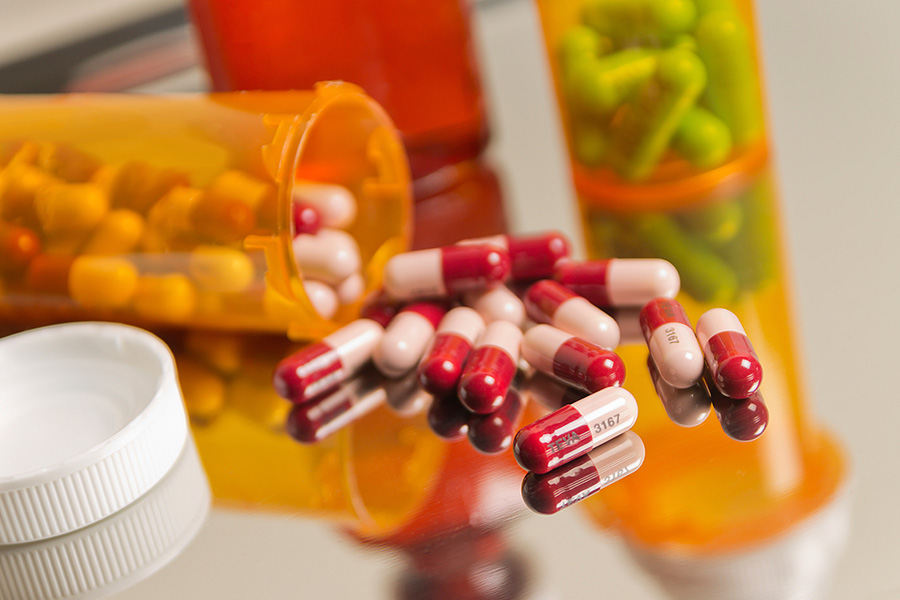There are more then 100 types of arthritis. Osteoarthritis is commonest arthritis in population. It starts mostly between 45-50 years of age.
FAQs
What is Osteoarthritis (OA)?
- There are more than 100 types of arthritis. OA is one of this arthritis. This is most common type of arthritis. It occurs mostly in persons above 50 yr of age.
- It occurs commonly in females and in men doing extreme physical work. In obese people it can start at early age.
What causes OA?
- There is no single cause for this disease. Every person has different kind of shape, strength and mobility of joints. These factors play important role in development of this disease.
- Individual’s lifestyle, work activities play role in disease progression.
Which joints can be affected in this disease?
- Knee joints (most common)
- Small joints of hands
- Base joint of great toes
- Vertebral joints
What are the symptoms of this disease?
- Pain in affected joint is main symptom. This disease progress slowly.
- In initial years pain occurs only after prolonged activities. Later pain remains daily and pain intensity increases.
- Joint damage starts and after some time its shape changes with difficulty in doing simple activities.
- Usually joint swelling does not occur, but stiffness occurs if joint remains in some position for long time.
How OA is diagnosed?
- Diagnosis is done from patient’s symptoms and examination.
- X-ray of affected joint can be done to assess extent of joint damage.
- Blood tests are not useful for diagnosis, but blood counts and kindey function tests are advised before starting medicines.
How OA is treated?
- Life style modification to maintain joint stability in case of damaged joint.
- Physiotherapy.
- Weight reduction.
- Medicines – To reduce pain and maintain joint stability.
- Operations – through key hole surgery (Arthroscopy), joint replacement
What should be done to mantain stability of damaged joints?
- Life style changes are required to maintain joint stability.
- Avoid sitting on floor.
- Avoid sitting cross-legged.
- Avoid squatting position/use of Indian type of toilet.
- Do not walk unnecessarily.
- Use dining table for meals.
- Joint movement 10-15 times before standing/ sitting in same position for long time can reduce joint stiffness.
What diet should be followed by OA patients?
- Weight reduction is the most important advice.
- Only 5 kg reduction in weight can give up to 50% relief in pain.
- Take advice of dietician for weight reduction.
What type of exercise should be done in OA?
- Exercises to strengthen muscles around knee joint /maintain knee movement under guidance of Physiotherapist.
- Patient should do exercises daily for life time to maintain joint stability.
- Hot fomentation, Ultrasound, IFT – are helpful in reducing pain.
- Patient should use walking stick in moderately advanced stage in to
reduce load on knees. - Patient can use “knee cap” if suffering from severe OA with instability.
Which medicines are used in OA?
Two types of drugs are used.
(1) For reducing pain.
- Paracetamol,Tramadol – as first line drugs
- Antiinflamatory drugs like Diclofenac, Naproxen, Etoricoxib etc. are used for short period of time when there is swelling in the joint.
- When there is swelling of single joint steroid injection can be given. It gives fast but temporary relief in pain.
- Analgesic gel/ointment can also give relief in pain.
(2) For prevention of joint damage [DMOADS]:
- Glucosamine Sulfate: It is referred as vitamin of the joint for maintaining joint internal structure. Taking it in early stages of disease can reduce pain and need for pain medicines.
- Hyluronic Acid: Hyluronic Acid is important substance of joint cartilage. It is injected in joint. Usually it is used in patients with severe disease who cannot undergo joint replacement. Its effect is variable.
Which type of operations are possible in OA?
- Arthroscopy
- HTO [High Tibial Osteotomy]
- Arthroplasty
Need for surgery is decided by Rheumatologist in consultation with patients keeping in mind patients needs.

Food
- There is no direct relationship of food with any arthritis except Gout.
- Patients with gouty arthritis can take all vegiterian food including pulses. They should avoid non veg diet.
- There is no relation of these diseases with sour food.
- Sour food does not increase arthritis pain. The diseases does not improve after stopping sour food.
- Arthritis patients should take healthy and easy to digest food according to their need.
- Patients with involvement of joints of legs should avoid gaining weight.

Side Effects of Drugs
- Side effects do not occur in most (90%) patients taking medicines used for arthritis.
- Medicines are prescibed after considering patients age,weight, type/ seriousness of disease, associated other diseases etc.
- It is taken care that minimum drugs in smallest doses are prescibed to the each patient.
- Each and every complain occurring to the patients is not necessarily due to medicines.
- Stop medicines if you suspect side effects.
- Consult your family doctor immediately.
- Later inform your rheumatologist or request your family doctor to speak to your rheumatologist.
